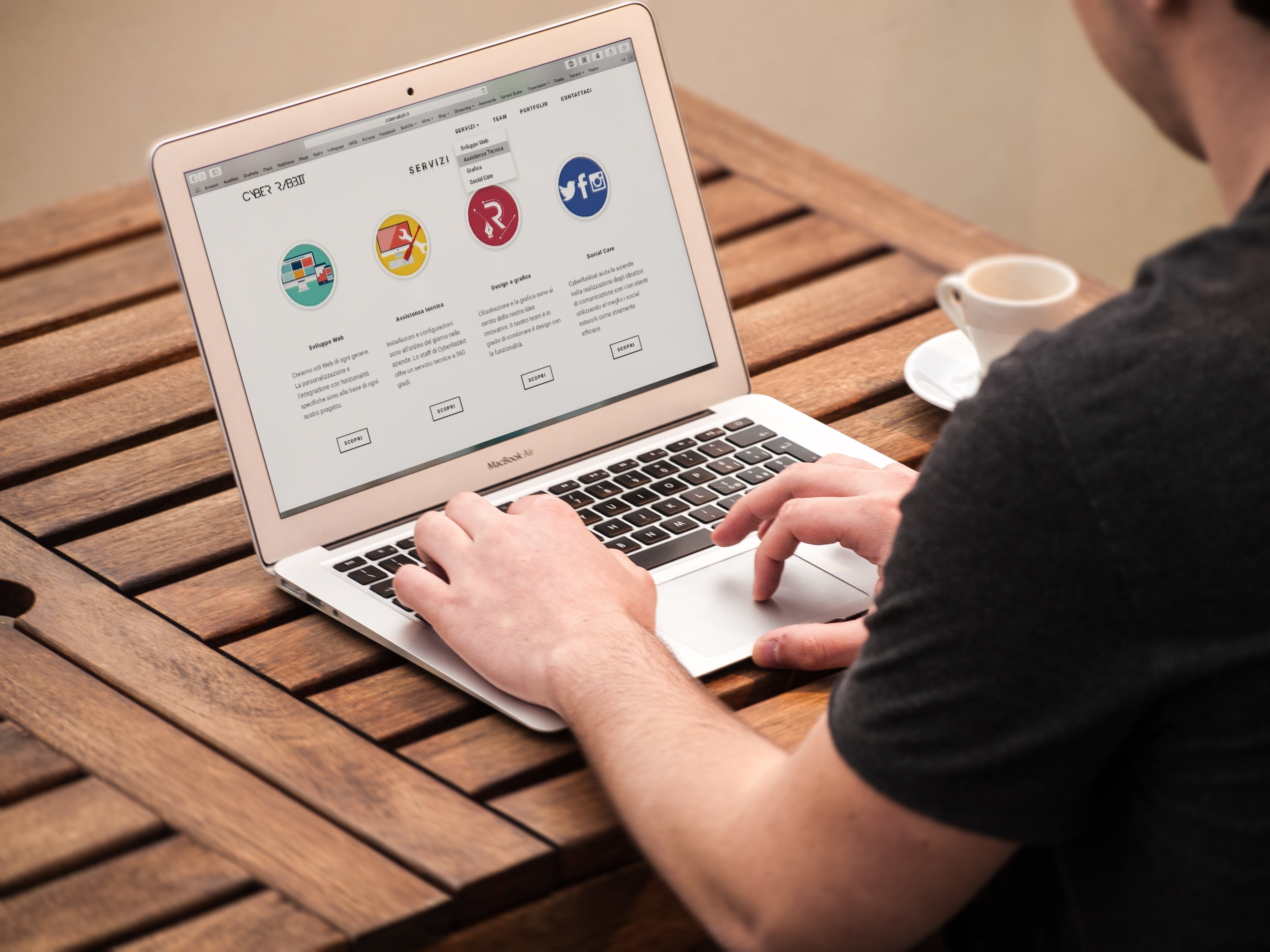If you are anything like me, when doing a Google Search, you tend to click on the first few results whether they are an ad or not. Many times, these results may be different than what you were actually looking for causing you to immediately leave the site.
What does this do for the company that is running the ads?
Websites and Google track this information in many ways. One of which is how much time a visitor spends on your website. The shorter the amount of time, the more it can have negative effects on your Google Search rankings. Another important way this is tracked is through Bounce Rate.
What is a Bounce Rate?
 Google defines this term as the percentage of visitors that navigate to your site and then navigate away after viewing only one page. This means that the visitor of your site did not interact any further with your site than viewing your landing page. This can mean that your ad did not match what the searcher was looking for. You can see what your current rate is by going to your Google Analytics Dashboard.
Google defines this term as the percentage of visitors that navigate to your site and then navigate away after viewing only one page. This means that the visitor of your site did not interact any further with your site than viewing your landing page. This can mean that your ad did not match what the searcher was looking for. You can see what your current rate is by going to your Google Analytics Dashboard.
Now you may be asking yourself, what is a good bounce rate? This is an even harder number to nail down since your business type, industry, type of device, and country can affect your average. However, a good average to go by is 61% for B2B (business to business), 54% for B2C (business to consumer), and 53% for a hybrid of B2B and B2C.
4 Ways to Lower Your Bounce Rate
Even before you can begin to figure out how to lower your bounce rate, you need to understand what is causing it to be so high, such as you don’t have the right content, you’re not attracting the right visitors, or even that your users may not be having a good experience. With these things in mind, let us dig into lowering your rate:
Having a Good Landing Page and Setting it Up Correctly
When a visitor navigates to your landing page, they may navigate away if they see large sections of nothing but text. Not only can large amounts of text scare a user away, but also poorly formatted text. Think of your landing page as a magazine article. You want your post to be broken up as if you were speaking. You will always want your headlines to start large and bold and decrease as you read through the page. Users also find that bullet points break up the text and make it easier to read.
You can test how easier your site is to read at, Webfx.
Avoid Pop-ups
Have you ever gone to a website, from an ad on Google or Facebook, and automatically get bombarded with popups that are trying to capture your email address and other personal information? These pop-ups can disrupt your visitor and cause them to leave.

On the other side, having a newsletter sign up can assist your company in gathering emails for marketing purposes. I would suggest keeping the popups off landing pages and add them to other pages on your site that your visitor may click to next.
Improve Your Site Load Speed
It is said that website visitors expect your website to load in 2 seconds or less. If your site takes more than 2 seconds to load, they will move on to your competition’s website. In this instance, there are two things that can hurt your website; the first being how long your site takes to load, the second being the bounces due to your slow load speed.
Here, you can use Google’s recommendations on how to increase your page load to hopefully increase your bounce rate!
Have a Compelling Call-to-Action
So, you have already attracted your visitor with the information on your ad, what is the next step? Now it is important to have a Call to Action (CTA) that should urge your user to see what is next. You should have a call to action above the fold and towards the bottom of your page to be sure that there are many places that your visitor can find the next step.
Interested in Improving Your Bounce Rate?
Maybe you already have a good understanding of your website’s bounce rate, or may you have no idea where you are at! Our team, at Nextfly, is here to assist you in your next steps. Do not hesitate to reach out to us and see where you should start!
